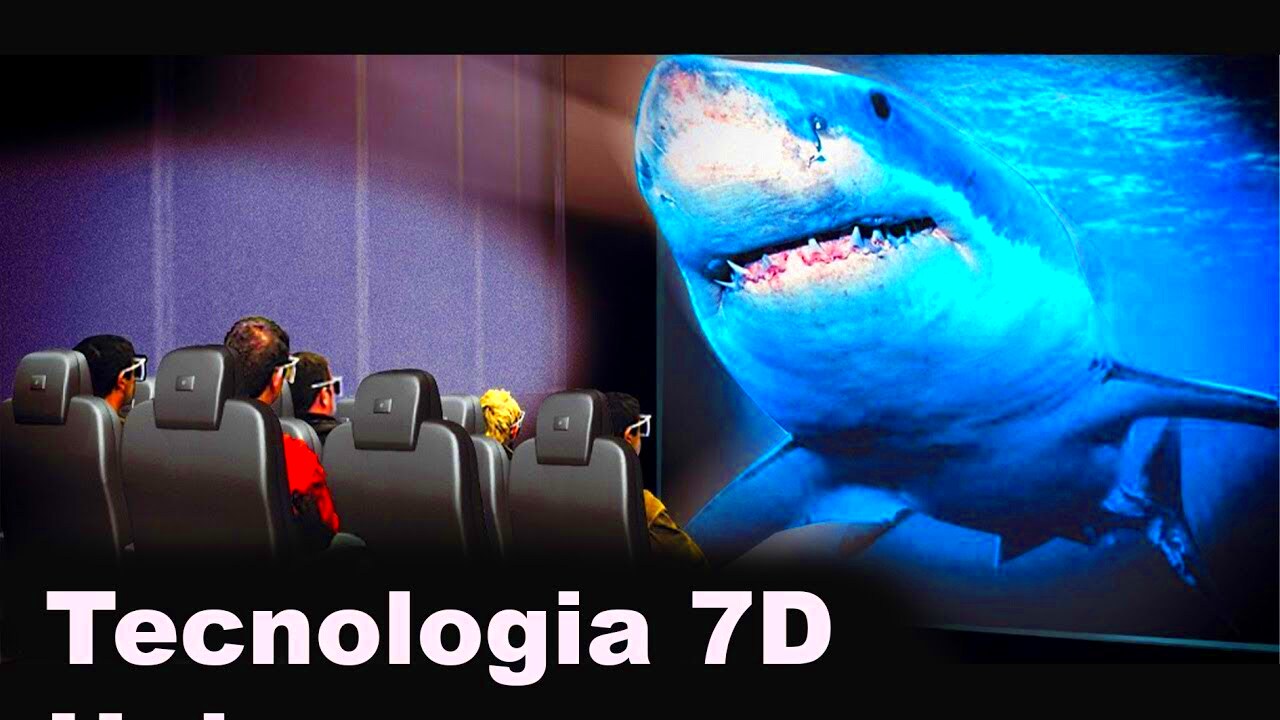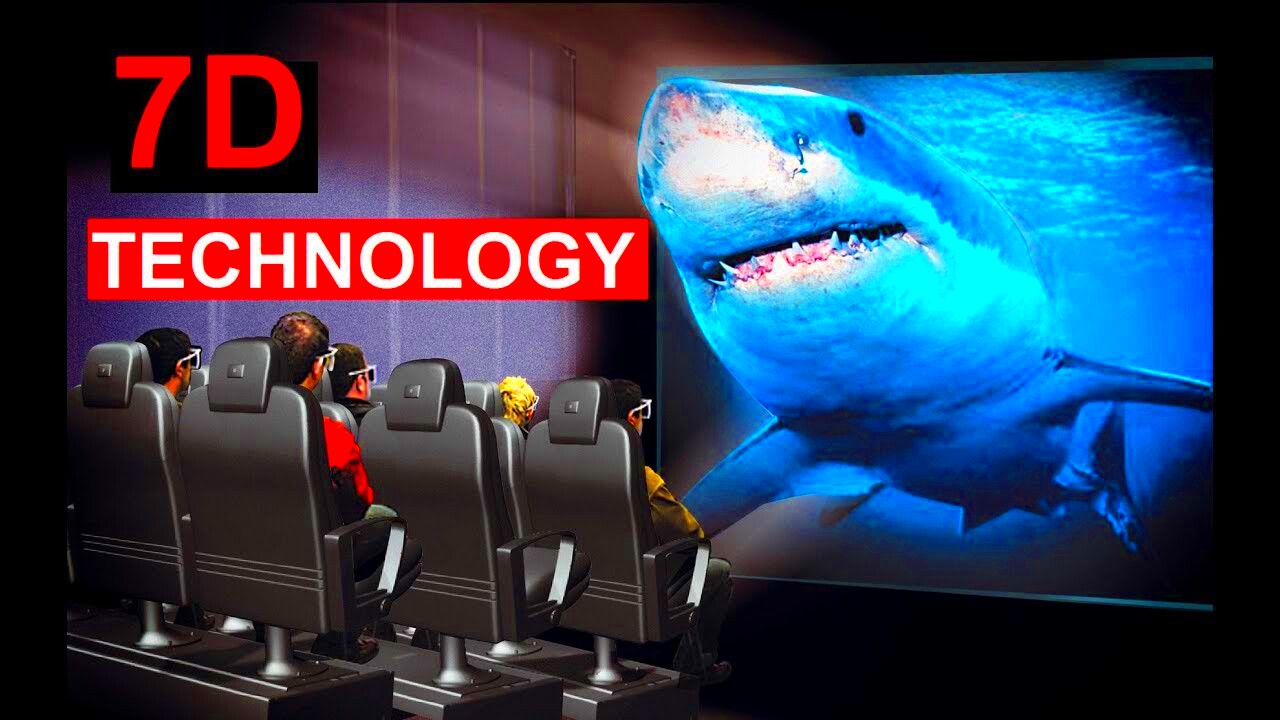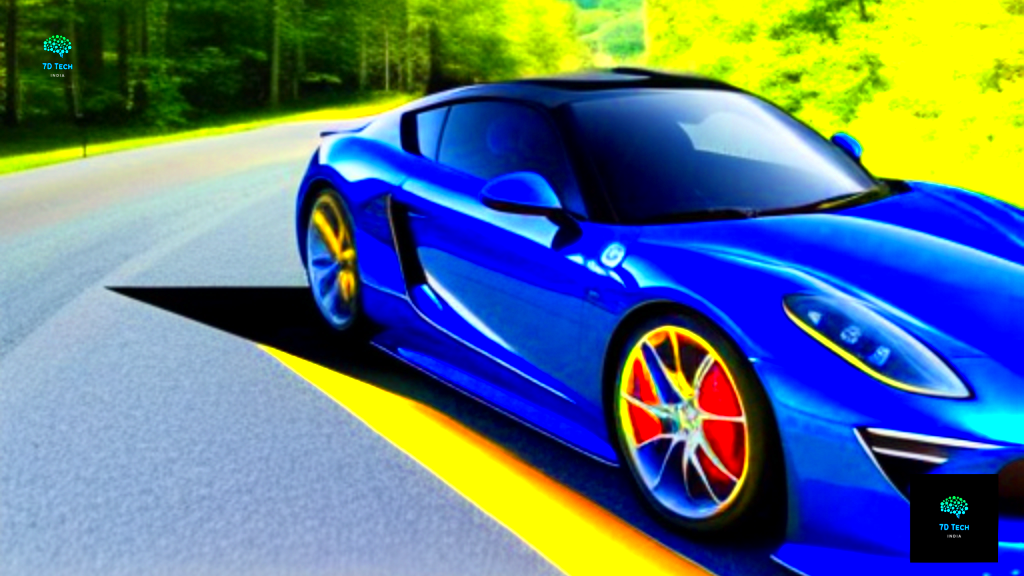If you are human-like, you might say 7D
technology is a revolutionary progress beyond the conventional 3 D we recognize: length, width and height. It includes more dimensions that cover time and other spatial aspects for a broader understanding of object interactions in space and time. Highly applicable in virtual reality, simulations and advanced modeling; this
technology is very significant. In other words, 7D
Exploring the Development of 7D Technology in the USA

The American road to 7D
technology has been characterized by swift progressions and multi-disciplinary teamwork. Here is a succinct summary of important events:
- Early Research: Initial concepts were developed in the late 20th century, focusing on improving simulation accuracy.
- Academic Contributions: Universities began integrating 7D models into engineering and computer science curricula, leading to increased research.
- Industry Adoption: Major tech companies started implementing 7D technology in product design, gaming, and training simulations.
- Standardization Efforts: Collaborative efforts among tech firms and academic institutions helped create standardized practices for using 7D technology.
As a result of this development, aerospace, healthcare and other fields have greatly benefited since they can now simulate reality to save on time and money and improve user satisfaction.
How 7D Technology Differs from Other Dimensions

The 7D
technology is unique and one has to understand how different it is from other dimensions in order to appreciate it. Here is a simple comparison:
| Dimension | Description | Key Features |
|---|
| 1D | Linear representation | Only length |
| 2D | Flat surface | Length and width |
| 3D | Volume | Length, width, and height |
| 4D | Incorporates time | Three dimensions plus time |
| 5D | Additional spatial dimensions | Complex spatial relationships |
| 6D | Enhanced interactions | Complex interactions over time |
| 7D | Comprehensive models | Multiple dimensions for interaction and simulation |
In summary, while 1D through 6D technologies enhance our understanding of space and time, 7D
technology integrates multiple dimensions to create more accurate and immersive models, allowing users to visualize complex interactions that would be impossible in lower dimensions.
The Applications of 7D Technology Across Various Industries

The intriguing 7D
technology is employed in various industries where it has altered the manner of visualising and interacting with data. With its capability to simulate true-to-life situations with minute details, it enables professionals to make sensible decisions. Here’s how different sectors employ 7D
technology:
- Aerospace: Engineers use 7D simulations for designing aircraft and spacecraft, enhancing safety and efficiency.
- Healthcare: Medical professionals leverage 7D technology for surgical simulations, allowing for precise planning before actual procedures.
- Entertainment: The gaming industry employs 7D for creating immersive experiences, making virtual environments feel incredibly real.
- Manufacturing: Companies utilize 7D models to improve product design and streamline production processes.
- Education: Educational institutions integrate 7D simulations into their curriculum, providing students with practical, hands-on learning experiences.
As observed, 7D technology is utilized for several purposes in order to improve process and outcome across the different sectors. This entails that industries can address problems for better and speedy solutions through this capacity of different dimensions.
Benefits of Using 7D Technology in Everyday Life
7D technology can be very helpful if we embrace it in our daily lives. It sounds futuristic, but it has many benefits for different areas of life. These include:
- Improved Decision Making: 7D technology allows users to visualize complex scenarios, helping them make better choices.
- Enhanced Learning: With realistic simulations, students and professionals can grasp concepts more thoroughly.
- Increased Efficiency: Businesses can streamline operations by identifying inefficiencies through 7D modeling.
- Safety Improvements: Industries like healthcare and aerospace use 7D technology to minimize risks and enhance safety protocols.
- Environmental Impact: 7D simulations can help predict environmental changes, aiding in sustainability efforts.
In conclusion, 7D technology not only lifts professional practices but also has a positive impact on our everyday lives by making them richer and better informed.
Challenges and Limitations of 7D Technology
Excitingly enough, 7D technology has a lot to offer but it’s also riddled with numerous challenges and limitations. These obstacles must be understood if one is going to make any progress. Some of the most important challenges are:
- High Costs: The development and implementation of 7D technology can be expensive, limiting access for smaller organizations.
- Complexity: The intricate nature of 7D models can require specialized skills and knowledge, posing a barrier for some users.
- Data Management: Handling and processing vast amounts of data necessary for 7D simulations can be a daunting task.
- Technological Limitations: Current hardware and software may struggle to support the demanding requirements of 7D technology.
- Resistance to Change: Some industries may be hesitant to adopt new technologies, preferring traditional methods.
To sum it up, it is very important to address these challenges if we want this technology to be more widely used and efficient in different fields.
Future Trends in 7D Technology
The prospects are good for 7D technology, which is buoyed by continuing changes affecting numerous sectors. As this area progresses, we anticipate numerous thrilling patterns. The following are some hints towards what the future has in store for 7D technology:
- Increased Integration with AI: The combination of 7D technology and artificial intelligence will enhance data analysis, providing deeper insights and more accurate predictions.
- Wider Adoption in Education: Schools and universities are likely to adopt 7D technology more widely, offering immersive learning experiences that make complex subjects more relatable.
- Advancements in Virtual Reality: As VR technology improves, 7D simulations will become more realistic, providing users with unprecedented interactive experiences.
- Enhanced Collaboration Tools: Future developments may lead to better tools for remote collaboration, allowing teams to work together in 7D environments from anywhere in the world.
- Sustainability Focus: Expect 7D technology to play a significant role in sustainability initiatives, helping businesses model and analyze their environmental impact effectively.
In summary, the prospect of 7D technology holds thrilling prospects that will change the way we do business, acquire knowledge and relate with our environment.
Frequently Asked Questions about 7D Technology
With improving acceptance of 7D technology, numerous people find many uncertainties regarding its usage, advantages and overall impacts. The following are some of the most common queries:
What is 7D technology?
- 7D technology is an advanced modeling technique that incorporates multiple dimensions, including time, to provide a comprehensive view of complex systems.
How does 7D technology differ from 3D technology?
- While 3D technology focuses on three spatial dimensions, 7D technology includes additional dimensions, allowing for more complex simulations and interactions.
What industries use 7D technology?
- Industries such as aerospace, healthcare, entertainment, and education are increasingly utilizing 7D technology to improve processes and enhance outcomes.
What are the benefits of 7D technology?
- Benefits include improved decision-making, enhanced learning experiences, increased efficiency, and better safety measures in various fields.
What challenges does 7D technology face?
- Challenges include high costs, complexity, data management issues, and resistance to change in some industries.
Conclusion on the Impact of 7D Technology
To sum up, 7D technology marks a major advancement in the way we appreciate and engage with our world. There is a wide range of industries that have benefited from its use, providing novel resolutions, improving daily lives. Although there are challenges to be faced, there are also huge possibilities for growth and development.Moving ahead into the future entails making smart decisions using 7D technology which will ensure better security and deeper understanding of complicated systems. We are only witnessing the first signs of transformation brought by 7D technologies, while it is already clear that these new technologies hold promise for an extraordinary impact on our future.
 The American road to 7D technology has been characterized by swift progressions and multi-disciplinary teamwork. Here is a succinct summary of important events:
The American road to 7D technology has been characterized by swift progressions and multi-disciplinary teamwork. Here is a succinct summary of important events: The 7D technology is unique and one has to understand how different it is from other dimensions in order to appreciate it. Here is a simple comparison:
The 7D technology is unique and one has to understand how different it is from other dimensions in order to appreciate it. Here is a simple comparison: The intriguing 7D technology is employed in various industries where it has altered the manner of visualising and interacting with data. With its capability to simulate true-to-life situations with minute details, it enables professionals to make sensible decisions. Here’s how different sectors employ 7D technology:
The intriguing 7D technology is employed in various industries where it has altered the manner of visualising and interacting with data. With its capability to simulate true-to-life situations with minute details, it enables professionals to make sensible decisions. Here’s how different sectors employ 7D technology:
 admin
admin








